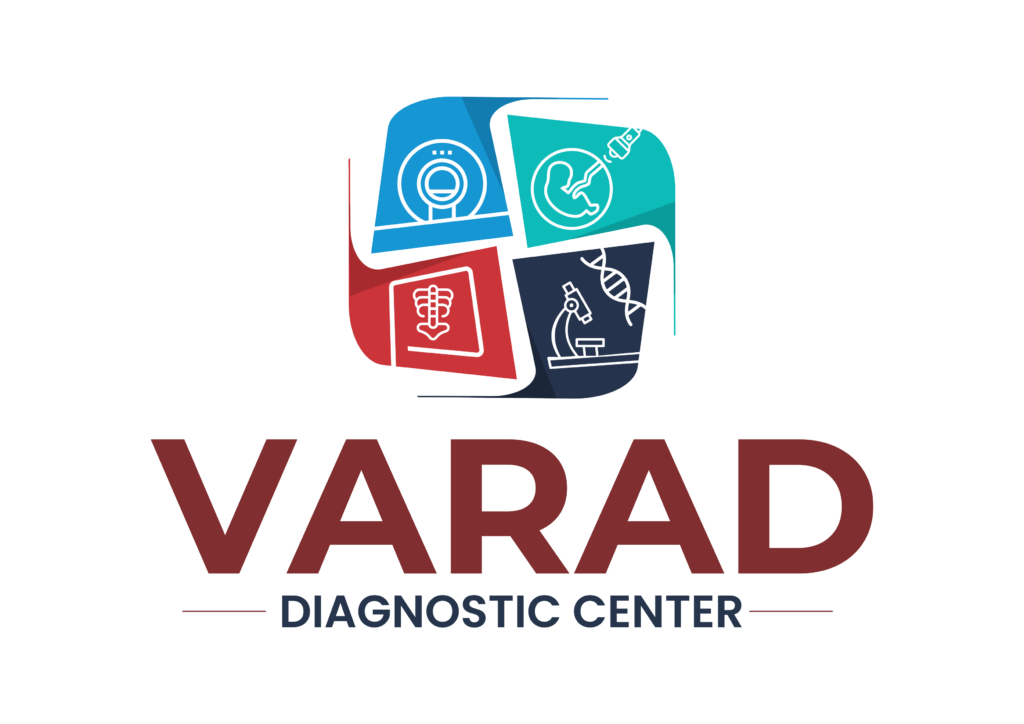Today, medical imaging plays a crucial role in diagnosing and understanding health conditions. One such advanced imaging technique is the CT Intravenous Urogram or CT IVU. This test has become vital for examining the urinary system, which includes kidneys, bladder, and ureters. The primary function of this procedure is to help doctors find issues such as blockages or abnormalities that might affect your urinary tract.
The CT IVU stands out as it uses a special dye injected into your veins, combined with CT scanning. This technique offers clear images that help identify problems like kidney stones or tumors. Compared to older methods, such as the traditional intravenous pyelogram, modern CT IVUs provide more detailed pictures and faster results, making them a preferred choice in medical diagnostics today.
Historically, doctors relied on simpler X-ray techniques, but they’ve since evolved. The shift from traditional methods to advanced CT Urograms with IV contrast has revolutionized how medical professionals diagnose urinary issues. Understanding this transformation helps us appreciate how technology makes healthcare more effective and accurate.
The Significance and Safety of CT Urograms
A CT Urogram differs substantially from the typical IV Urogram. The former uses advanced technology to produce more detailed images. This makes it easier for doctors to see and diagnose. The difference in clarity and speed means a better patient experience overall.
These CT Urograms are often essential in diagnosing urinary conditions like kidney stones or infections. When doctors are equipped with high-quality images, it means faster treatment for you. Fast and accurate diagnoses can be crucial when addressing issues in the urinary tract, where immediate action might sometimes be necessary.
Understanding safety is key, too. CT Urograms with IV contrast generally involve a little more exposure to radiation. However, modern technology has made big advances in minimizing these risks. Today’s machines are designed to use as little radiation as possible, balancing the need for detailed images with safety.
There is also a debate between opting for a CT Urogram or a traditional intravenous pyelogram. While both are viable options, the modern CT version offers better results with less fuss and clearer images. This is a clear choice for most medical professionals who prioritize precision and safety when analyzing the urinary system.
Preparing for Your CT Intravenous Urogram
If you have a CT Intravenous Urogram scheduled, preparing properly can make the experience smoother. Here’s what you can typically expect:
- Dietary Restrictions: Avoid eating for about four hours before the test. It’s crucial for the imaging process to have an empty stomach.
- Hydration: Drink plenty of water leading up to the procedure. It helps the dye move through your system and gives clearer images.
Precautions: – Foods and Drinks to Avoid: Steer clear of caffeine and meals high in fat the day prior. – Medications: Consult with your doctor about any medications you’re taking. Some might need to be paused or substituted prior to the test.
The CT Urogram involves three significant phases: contrast injection, scanning, and result review. – Contrast Injection: You’ll feel a pinch from the needle, but it’s over fast. – The Scan: You’ll lie still on a table that slides into the CT scanner. It’s quick and painless. – Result Review: Once done, you’ll likely wait while a radiologist checks the images.
Feeling anxious is normal. Tips to manage your worry include simple relaxation techniques such as deep breathing or listening to calming music before the procedure. Knowing what to expect and having a calm mind will make a big difference in ensuring the process feels less daunting.
Navigating Results and Technological Innovations in CT Imaging
When your CT IVU results come back, understanding them is key. Here, radiologists and healthcare providers work closely together. The radiologist will interpret the images and explain what they mean in simple terms. They ensure you know exactly what’s going on with your health.
Technological advancements in CT imaging mean these scans are more reliable than ever. Newer machines produce even sharper images with less discomfort, enhancing the patient experience. Knowing these innovations are in place helps reassure anyone facing this procedure.
Despite their benefits, myths persist around CT Urogram procedures. Common misconceptions include exaggerated risks or discomfort levels. However, modern technology largely addresses these concerns. Understanding this should provide you with more comfort heading into any medical imaging.
Finally, it’s important to approach a CT Intravenous Urogram with confidence. It is designed to give medical professionals a clear insight into your health, allowing them to provide the best possible care. Staying informed and knowing what to expect empowers you, supporting a proactive approach to your health care journey.

